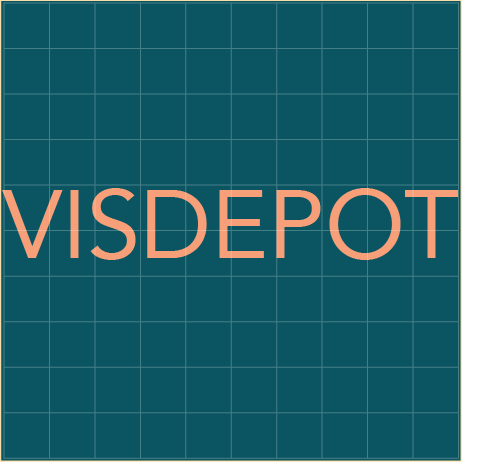Practical Fundamentals: A Basic Introduction and Background¶
This section will cover basic background information on and introduction to working with data.
So, what are data?¶
A good place to start might be the simple question of what constitutes data. Data are plural! Anything can be data! This can be great, because it means there is a lot we can potentially work with, but it’s also important to first recognize that data don’t inherently mean anything to us, or anything at all.
Working from Charles Meadow and Weijing Yuan, Amy J. Ko helpfully speaks to the distinctions between data and knowledge generation. In “Chapter 3: Data, Information, Knowledge” of Foundations of Information she explains that:
“Data are a set of “symbols”, broadly construed to include any form of perceptible difference in the world. In this definition, the individual symbols have potential for meaning, but that they may or may not be meaningful or parsable to a recipient.”
Data’s “potential for meaning” is key here. However, attempting to tie any item down into a specific category is unquestionably complex, and potentially (and often) problematic, as it is based on many and various acts of interpretation, the issues and complexities from which we then carry over into our reading of that data and into the visualization.
Johanna Drucker speaks to this well in her book Graphesis: Visual Forms of Knowledge Production in writing that:
“…no “data” pre-exist their parameterization. Data are capta, taken not given, constructed as an interpretation of the phenomenal, not inherent in it.” (128)
And, Jer Thorp’s proposal in “Data (v.)” that we turn the word “data” into a verb is a compelling suggestion that addresses the harmful potential of thinking too passively about this material:
“When we are warned that a government is collecting data about its citizens, we may be underwhelmed specifically because this act of collection seems to be so harmless, so indifferent. But of course data is not collected and then left alone: it is used as a substrate for decision making; and as an instrument for differentiation, discrimination and damage. Putting an active form of the word data into common parlance could serve as a reminder that the systems of data collection and uses are humming with capacity for influence, action and violence.”
This is just a taste of what we need to think about when working with data, and ultimately visualization, which is why this section will offer both an introduction into the ethical grounding of working with data, as well as a practical overview of the basics of data and spreadsheets.
Read Further¶
The entirety of Amy J. Ko’s Foundations of Information textbook is freely available online, and contains useful discussion related to data and knowledge production.
Johanna Drucker’s book Graphesis: Visual Forms of Knowledge Production is recommended if available from a library & etc.; however, her 2011 Digital Humanities Quarterly article “Humanities Approaches to Graphical Display” is a useful freely available option that covers the basics.
Jer Thorp’s other essays can also provide useful grounding in critical data thinking.
